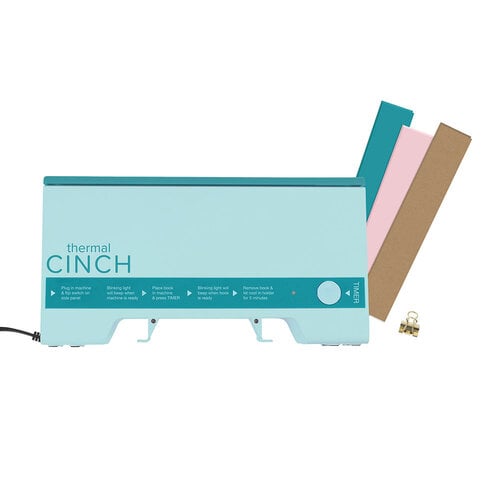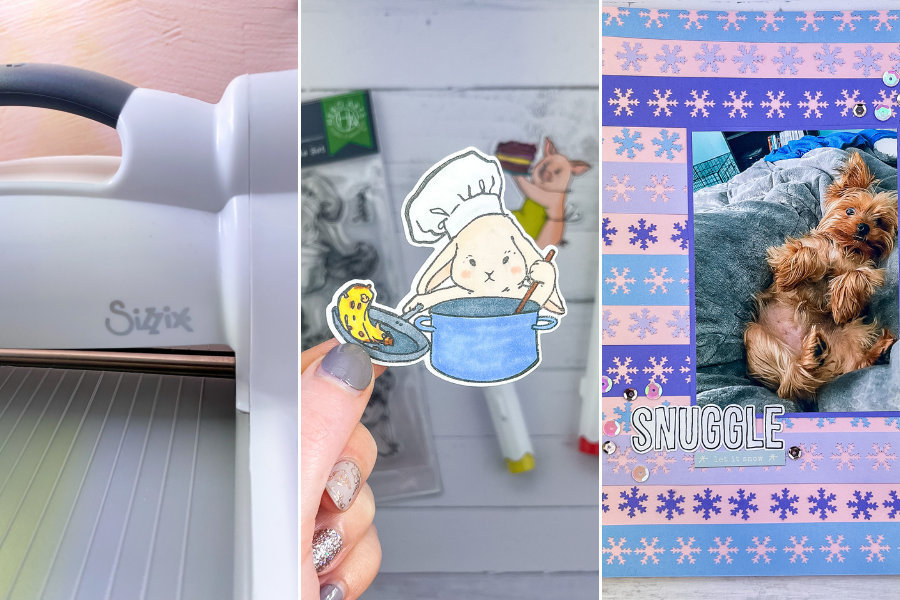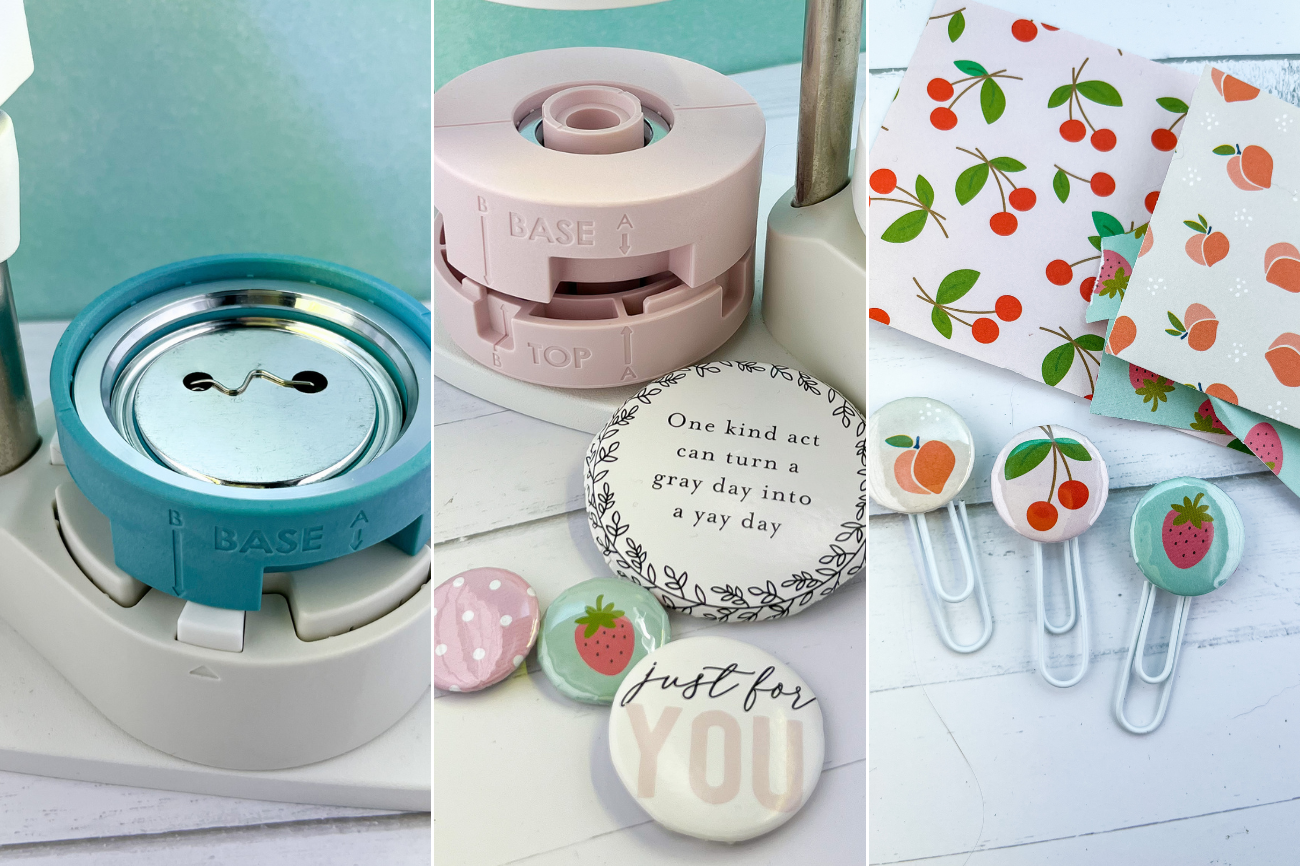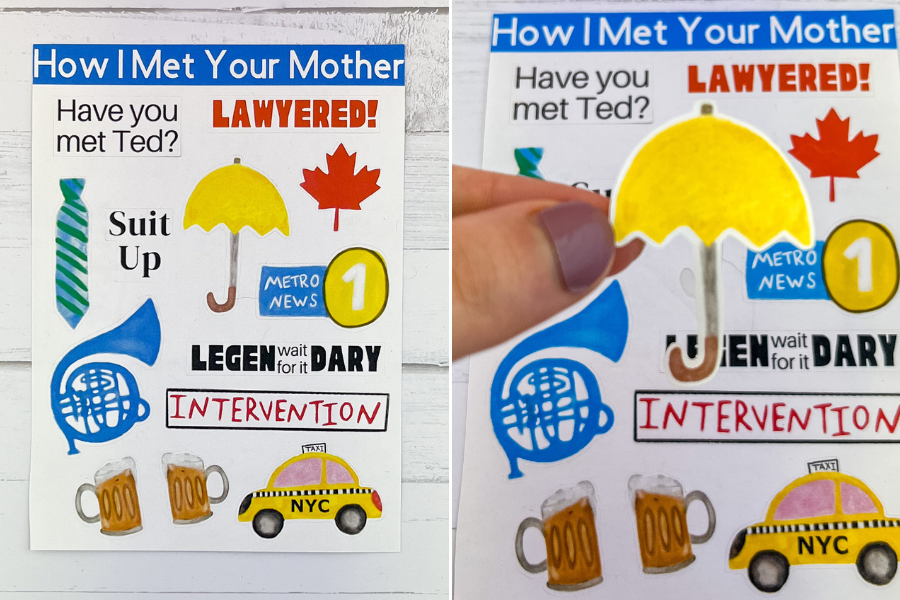We R Makers Thermal Cinch Review 2024 (Honest)
Everything you should know about the We R Makers thermal cinch review for 2024.

This We R Makers thermal cinch review will go over the product features, benefits, and overall performance. Along with a step by step tutorial for the thermal cinch machine.
The thermal cinch book binding machine may be the answer to your crafting needs. For the first time ever, you will be able to assemble scrapbooks, sketchbooks, and journals with a heat seal. However, let’s first review the pros and cons before you make your purchase.
What Is The Best We R Makers Thermal Cinch Review?
The thermal cinch binding machine by We R Makers is a tool that allows you to bind books using a heat seal method.
Create bound scrapbooks, sketchbooks, journals, and notebooks in minutes with thermal binding. Simply heat the glue along the book’s spine to hold each page in place.
Who Created The Thermal Cinch?
The thermal cinch binding tool was created by the company We R Makers, who specialize in craft tools.
You may remember them as We R Memory keepers before they changed their name. They created a few of the most popular scrapbooking products on the market including ‘Crop-a-dile’, button press, printmaker, and so many others.
We R Makers is known for coming up with innovative crafting solutions through their unique product offerings. There is arguable no other company in the paper crafting industry that delivers such unique and user-friendly tools as they do.
I, for one, love their regular cinch machine for creating notebooks. When I first heard that they were coming out with the thermal cinch, I just knew that I had to try it out.
What Is The Cinch And How Does It Work?
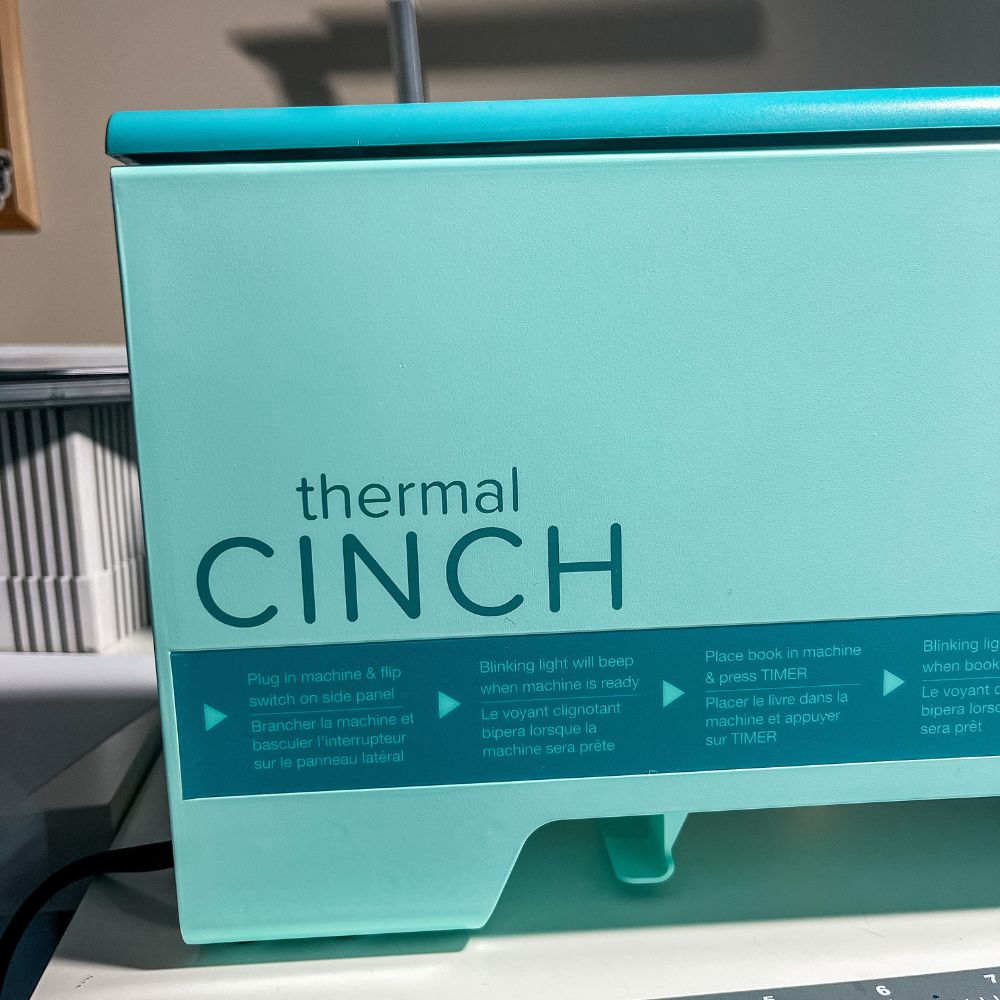
Thermal book binding is the method of adhering paper directly to the spine of a book with heat and glue.
As the glue heats up, the pages will adhere onto the melted adhesive that securely sticks to the spine. The process takes approximately 2 minutes to heat up, and 5 minutes to cool down.
One benefit is the professional look of the books that can be achieved in the end. Many people prefer the look of thermal book binding as opposed to spiral binding. Also, heat binding requires little effort and takes only a few minutes.
Besides scrapbooks, you may also use the thermal cinch machine for binding paper documents, reports, or stories.
Best Features Of The Thermal Cinch Binding Machine
We R Makers added tons of useful features to the thermal cinch book binding tool. Many of these features help to keep you safe while ensuring the quality of your projects.

1. Cooling Rack
The top of the machine doubles as a cover and cooling rack. As you flip the top open, the plastic piece will move to the side of the machine. Here is where you can store your projects as you wait for them to dry.
It is important that you allow time for your projects to dry right after removing it from the heat. Due to the fact that if the glue is still melting, your pages will move with it. The cooling rack makes it super easy to keep your book in a horizonal position so the glue does not run.
I found that 5 minutes was enough time to allow my projects to cool down.
Recommended Post: {“Examples Of Good Album Title For Bonding Moments“}
2. Timer
Another great feature of the cinch is the timer! Simply press the button on the side of the machine to start the timer.
Once your project is in the machine, the timer will beep to let you know your project is ready. The timer is set to go off after 2 minutes, which is enough time for the glue to properly melt.
The last thing you want to do is leave your scrapbooks in the heat for too long. Especially while working with paper that can burn easily.
Not only is this feature extremely helpful, but is also a great safety feature to help prevent burning.
3. Flexible Inside Panels

When you look inside the machine you will see two side panels. If you touch the panels they will expand to allow room for your book.
The purpose of these is to hold your book in place while it’s heating up. Just remember not to touch these while the machine is turned on.
The panels are also super important for making sure the entire spine of your book touches the bottom where it is hot. This way, the glue melts equally to adhere the pages together.
4. Adhesive Glue Strips
If you end up purchasing the pre-made book spines, you should know that they come with glue strips already attached. Assembling your book is easy since you do not have to add the glue yourself.
The glue strips for thermal book binding are similar to hot glue-gun refills. Only when you heat them up will they melt.
I ended up purchasing additional glue strips to make my own book spines. If you don’t want to use the pre-made book spines this is a great option for customization.
We R Makers Thermal Cinch Review Pricing
If you are looking to buy the thermal cinch machine, you can expect to spend approximately $100.
Additional accessories such as bookmarks and tassels can be purchased for $8-$10.
While the initial investment of $100 may seem steep, overtime the machine will pay for itself. Especially if you tend to use journals often. Making your own journal can oftentimes be cheaper than buying them for the store.
Thermal Cinch Machine Pros And Cons

After using the machine for quite some time, here are a few of my pros and cons:
Pros – My We R Makers Thermal Cinch Review
- User-friendly – Easy for beginners and kids to use. Comes with clear instructions with the packaging.
- Fastest binding method – Make a complete book in less than 15 minutes. There is a 2 minute heating time, and 5 minute cool-down period.
- Personalization – Create any book you want. Including journals, recipe books, habit trackers, planners, and more!
Cons
- Does not lay flat – Due to the nature of the binding, the books do not lay completely flat.
- Sturdiness – Thermal heat binding is great for small craft projects. Although, overtime the glue may not hold up after years of wear and tear.
Depending on what you plan on using the machine for, you can determine if it will be right for you.
We R Makers Thermal Cinch Book Binding Alternatives
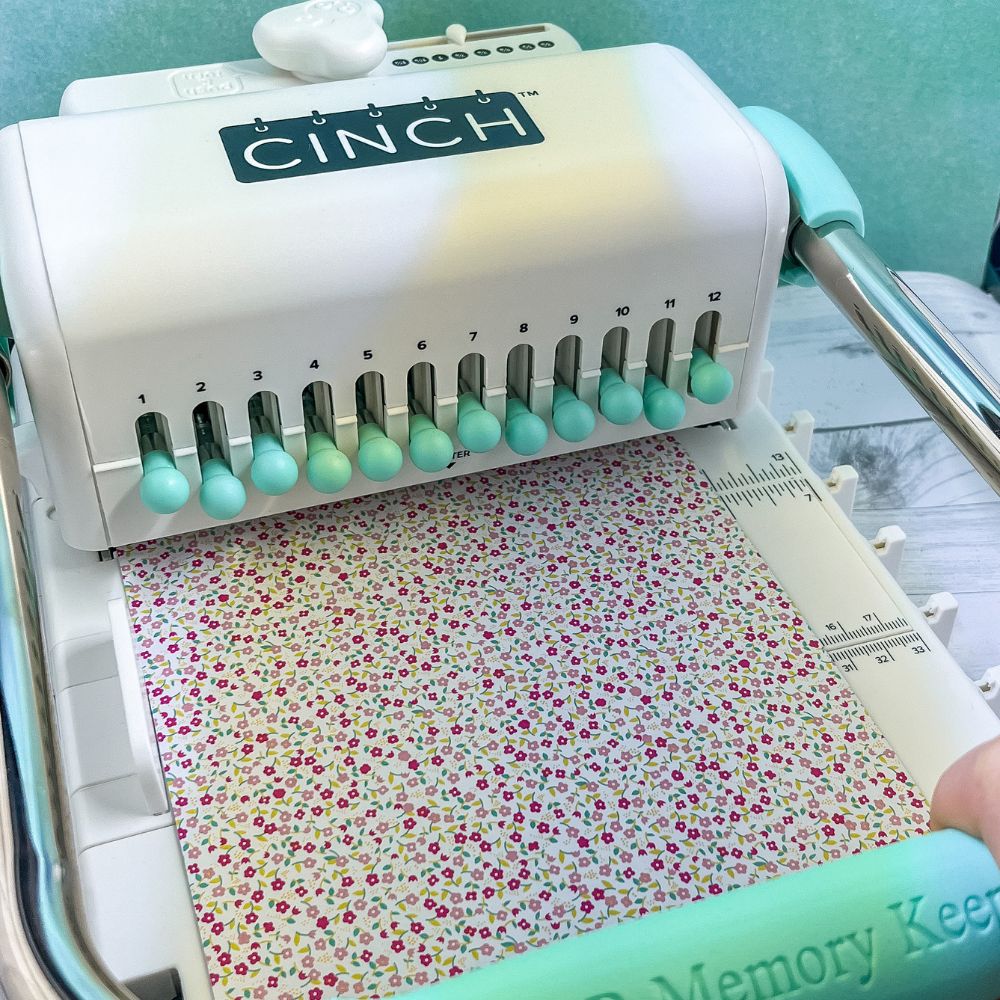
If you are looking for alternative thermal binding machines then there are a few others on the market. Such as the Thermobind and the Vevor brand. Although these brands tend to be more costly.
However, these alternatives have more robust technology more suitable for mass production. If you are a small business, it may be a good idea to look into these machines.
If thermal heat binding isn’t your thing, there are still plenty of other book binding options.
My favorite way to bind books is with the regular cinch binding machine. Instead of using thermal heat, the regular cinch uses metal binding rings to create spiral bound notebooks.
Related post: {“How To Make Notebooks At Home In 15 Minutes“}
My Experience – We R Makers Thermal Cinch Review
Next, I will take you through my own personal experience using the thermal cinch, and if it lived up to the hype.
My Experience Using Thermal Book Binding Machine
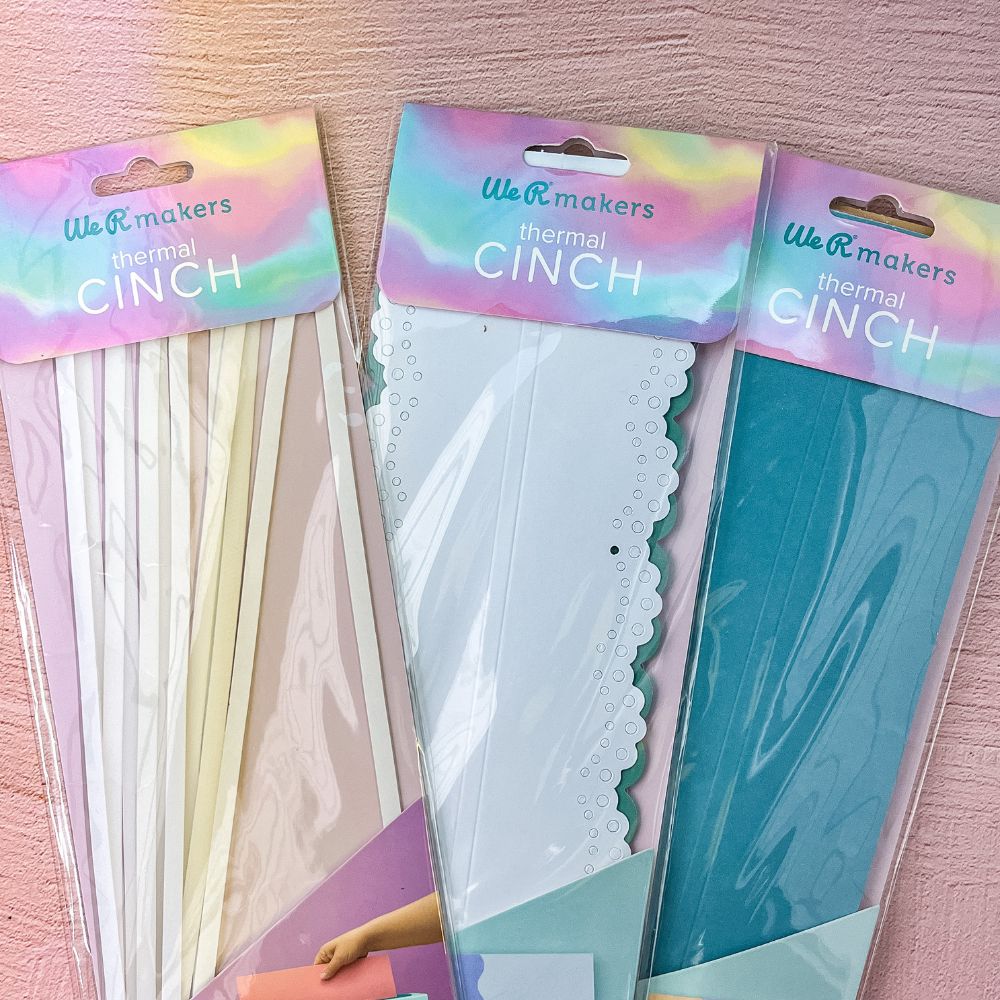
To start, unboxing the machine was easy due to how light it is to handle. There was minimal setup that had to be done besides plugging it in.
Much of the creative aspect and customization came from designing my book. One thing I like about the thermal cinch is the variety of materials that can be used in the machine. I did not feel limited with what I could create, which is a huge plus.
When putting my book together, I found it easiest to place the pages down on the back cover first. Just make sure to have the inside paper directly touching the glue strip. Otherwise, the papers will fall out.
Next part, is the heating process. Once my machine was turned on, the timer let me know when it was ready. Within 2 minutes my book was complete.
It truly is one of the quickest and simplest ways to do book binding.
My Conclusion Of The We R makers Thermal Cinch Review
For my final thermal cinch review, I find this machine to be a fun craft tool if you are looking for an easy way to bind books.
While there are more sturdy book binding methods on the market, the thermal cinch is still a good choice if you create scrapbooks for fun. Especially for the price, the machine is a great tool for beginner crafters.
Frequently Asked Questions – FAQ

1. My pages are falling out. What did I do wrong?
If your paper is falling out of your book after the heating process, a few things could have been the cause.
First, make sure when you assemble the book that the paper was touching the glue directly so that it will adhere. Also, it is important to fill the width up with enough paper so that it is not loose.
If you are still having troubles, try reheating the glue. It is possible the glue did not melt all the way which would cause the papers not to adhere properly.
2. Do the spines come with glue strips?
Yes, if you purchase We R Makers’ book spines, each one comes with a glue strip already attached.
You can buy individual glue strips if you wish to create your own book spines.
3. What pages go on the inside?
You can make a variety of books and use different paper each time. Try lined, grid, dotted, watercolor paper, and so much more.
As always, you can print off your own pages to use. Or buy premade notebook paper to create a customized book.
This Post Gives My We R Makers Thermal Cinch Review
Please Note: Some of the links above are affiliate links. Read the full disclaimer here.

